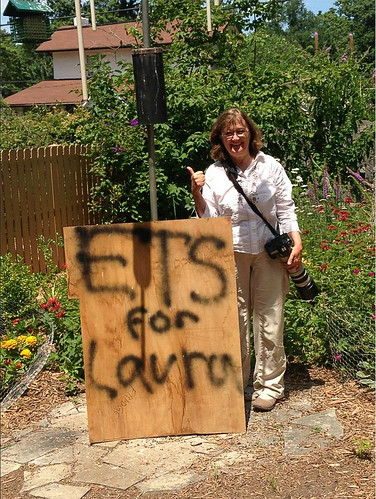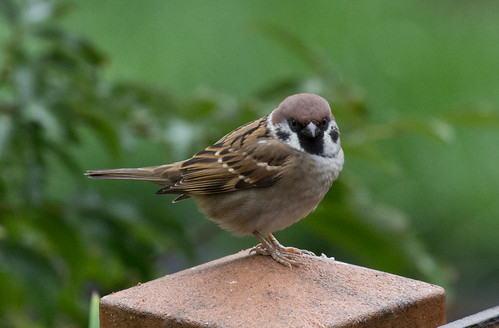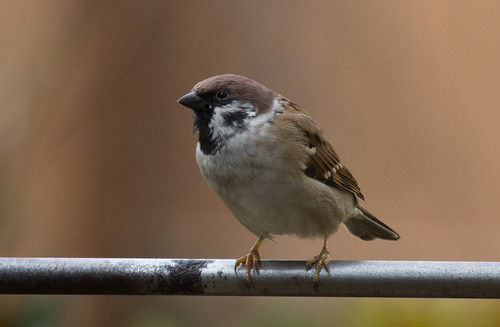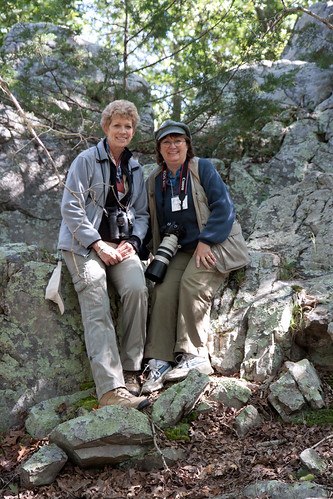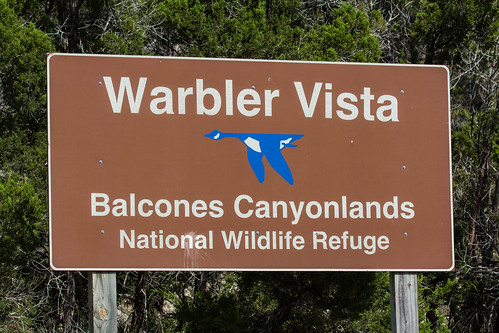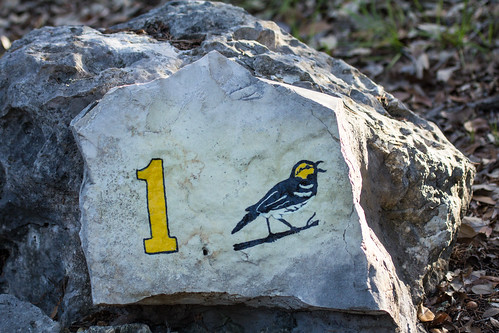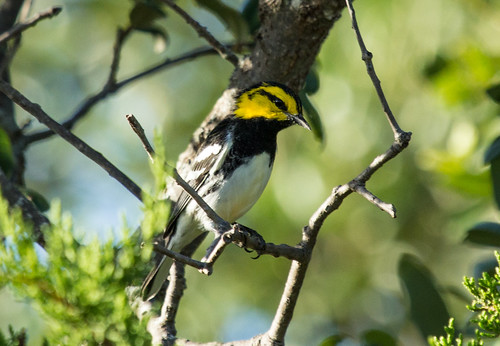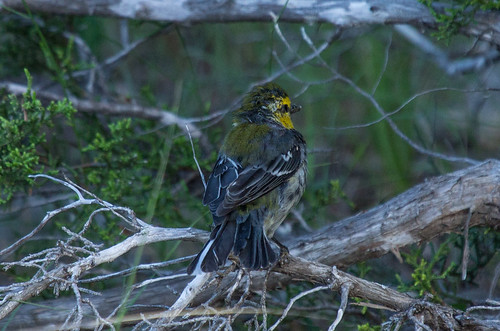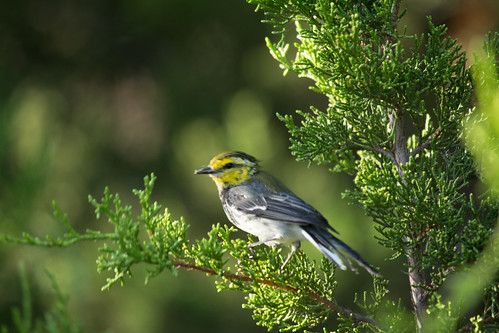For my Conservation Big Year, I’m focusing primarily on birds of conservation interest—those that are declining or, in some cases, increasing beyond ecologically healthy and sustainable limits. In the process of seeking out these birds, I’m also trying to see as many other species as I can, and my dream is to reach 600 species for the year. One bird that I really wanted to see not just to bulk up my list but also because I’m genuinely fond of it, despite it not being of conservation concern, is the Eurasian Tree-Sparrow.
As its name indicates, this is not a native American species. A few were shipped to St. Louis with some other European songbirds from Germany to be released in April 1870. That was when “naturalization” projects were in vogue. People with an interest in natural history were trying all over the world to bring plants and animals from various places to others around the globe. In the long run, some of these projects were disastrous for people or other species, and at the very least, all of them ended up exposing native species to new competitors and novel diseases. The introduction of Eurasian Tree Sparrows has been one of the least problematic of all the introductions of non-native wildlife in America. No real problems to native species or to human interests have ever been tied to them. Unlike most introductions in which a population becomes established, Eurasian Tree Sparrows never spread beyond extreme eastern Missouri, west-central Illinois, and southeastern Iowa. Everywhere they do exist, they’re closely associated with humans, but in the most urban centers both here and in Europe, they are usually displaced by the larger, more aggressive, and more urbane House Sparrow. Here and in Europe, the Eurasian Tree Sparrow is mostly found in wooded urban parkland, farms, and rural wood lots.
On first glance, Eurasian Tree Sparrows are fairly similar to House Sparrows, though they’re smaller and their facial markings noticeably different. I saw my first on October 28, 2004. The national Bird Chat listserv helped me make a connection with someone who got tree sparrows in his yard, and I’d worked out a trip, visiting a college friend in southern Illinois the night before. Unfortunately, I arrived in St. Louis the morning after the Boston Red Sox beat the St. Louis Cardinals in that historical final game of the World Series right there in St. Louis. Sadness seemed to infuse the very air I was breathing. I’d personally been delighted that the Sox finally won, hoping that would mean that the next baseball curse to be broken would be the one on the Chicago Cubs, but I could hardly feel elated on that particular morning in that particular place. Fortunately, seeing the sparrow tossed thoughts of baseball right out of my mind. (By some accounts, thinking about the Cubs wasn’t really thinking about baseball anyway, since it’s debatable whether the Cubs actually play baseball.)
Since then, I’ve seen Eurasian Tree Sparrows a few other times, in the yard of my good friend Susan Eaton. So this year, I stopped at her place in St. Louis on my way home from New Mexico and Texas so I could add the bird for my Conservation Big Year. I got there around lunchtime on July 25. Susan’s husband David had to head to work, but not before putting out a big plywood sign, “ETS for Laura.” I hadn’t realized that Eurasian Tree Sparrows are literate, but turns out they even recognize the local jargon for them, because the very first bird I saw in Susan’s lovely and very birdy yard was a Eurasian Tree Sparrow—my number 481 bird for the year. I took a bunch of photos, Susan and I had a lovely lunch, and she came with to keep me company when I got my oil changed. Then it was time for me to get back on the road. The fun of my Conservation Big Year is seeing so many birds in so many places with so many friends. The hard part is saying goodbye to all those birds and places and people so I can get to the next ones. And this is hardest when the birds and people are among my most treasured friends.
